Chile’s Atacama Desert spans the country’s northern reaches, creating an alien-like landscape that yields some of the clearest and darkest skies found anywhere on Earth. These remote towns, scattered across high-altitude plateaus and ancient valleys, exist beneath celestial displays so brilliant that the Milky Way casts shadows and individual stars appear close enough to touch.
The combination of extreme aridity, high elevation, and minimal light pollution creates ideal conditions for astronomy. These factors attract scientists from around the world while providing residents with nightly spectacles that few humans ever witness.
From mining settlements perched on mountain slopes to oasis towns surrounded by endless salt flats, each community lives in an intimate relationship with the cosmos above. Here is a list of 20 Chilean desert towns where the night sky reveals the universe in all its magnificent glory.
San Pedro de Atacama
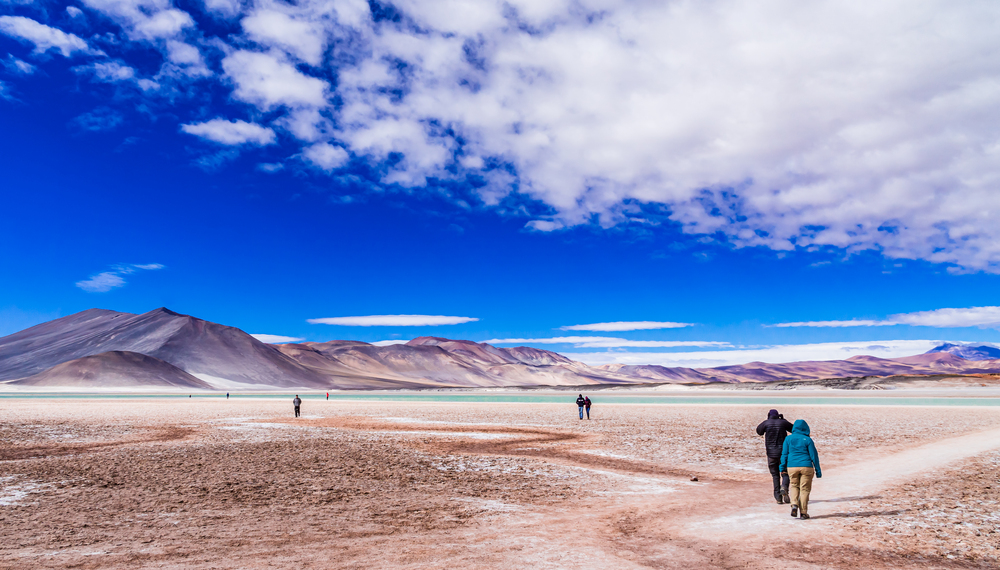
This ancient oasis town of 5,000 residents serves as the gateway to the world’s driest desert while offering some of the planet’s most spectacular night sky viewing. The town sits at 7,900 feet elevation, whereas the air is so dry and clear that celestial objects appear with startling clarity, making it a premier destination for both professional astronomy and stargazing tourism.
Local tour guides have developed expertise in astronomy education, leading nightly expeditions to nearby locations where visitors can observe galaxies, nebulae, and planetary features invisible from most inhabited places on Earth.
Calama

This copper mining city of 150,000 people might seem too large for pristine stargazing, yet its location in the heart of the Atacama creates night skies that rival much smaller communities. The surrounding desert landscape stretches for hundreds of miles without significant light sources, while the high altitude and dry air create conditions that make astronomical observation exceptional even from urban areas.
Local astronomy clubs have established viewing sites on the city’s outskirts, where residents regularly gather to observe celestial events and share telescopes for exploring the unique star patterns of the southern hemisphere.
Like Travel Pug’s content? Follow us on MSN.
Antofagasta

Chile’s mining capital houses 350,000 residents yet maintains access to extraordinary night skies thanks to its coastal desert location and the vast, unpopulated spaces that surround the city. The Atacama’s western edge creates viewing conditions where ocean moisture stops short of the city, leaving crystalline air that reveals celestial details normally obscured by atmospheric interference.
Local universities operate public observatories that take advantage of these conditions, while astronomy tourism has developed into a significant economic sector that supplements the traditional mining economy.
Copiapó
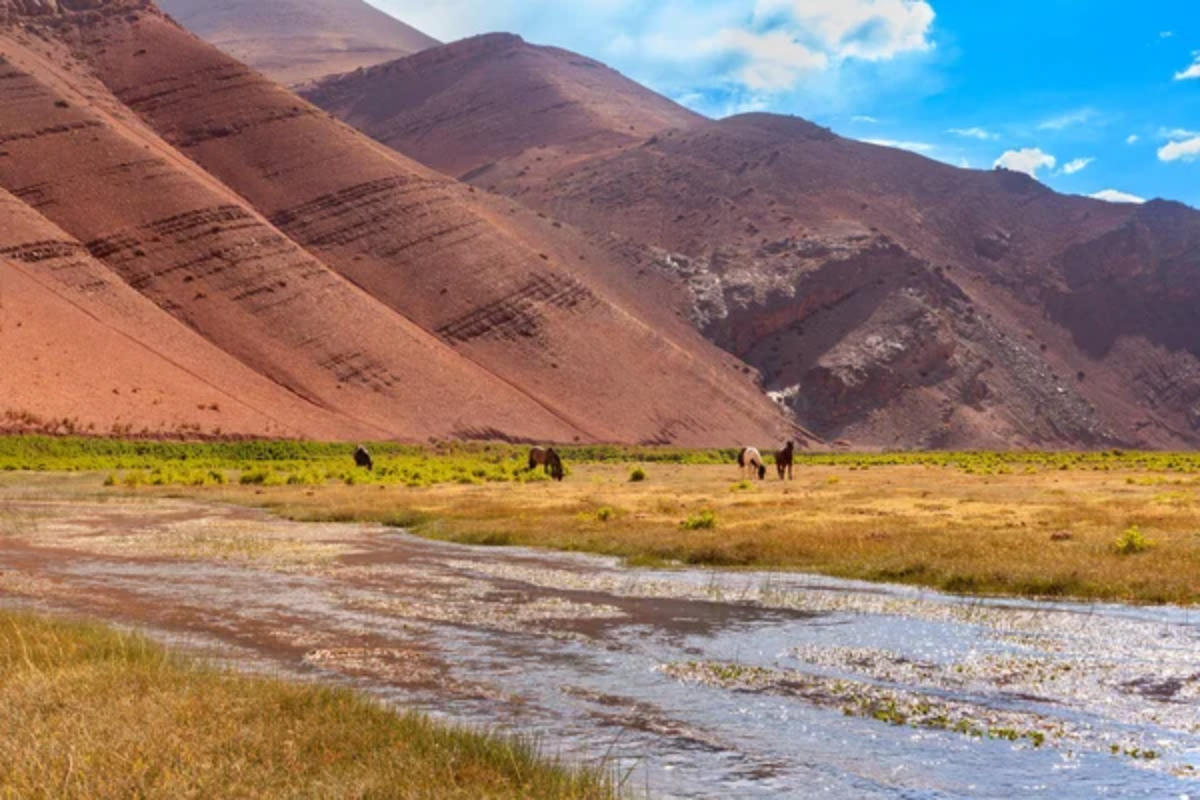
This regional capital of 130,000 people is situated in a valley surrounded by desert mountains that create natural amphitheaters for stargazing. The town’s position protects it from coastal moisture while maintaining the high altitude and dry conditions necessary for exceptional stargazing.
Local cultural traditions include astronomical festivals and events that celebrate the region’s connection to the cosmos. At the same time, nearby observatories offer public programs that make professional-grade astronomy accessible to residents and visitors.
Vallenar
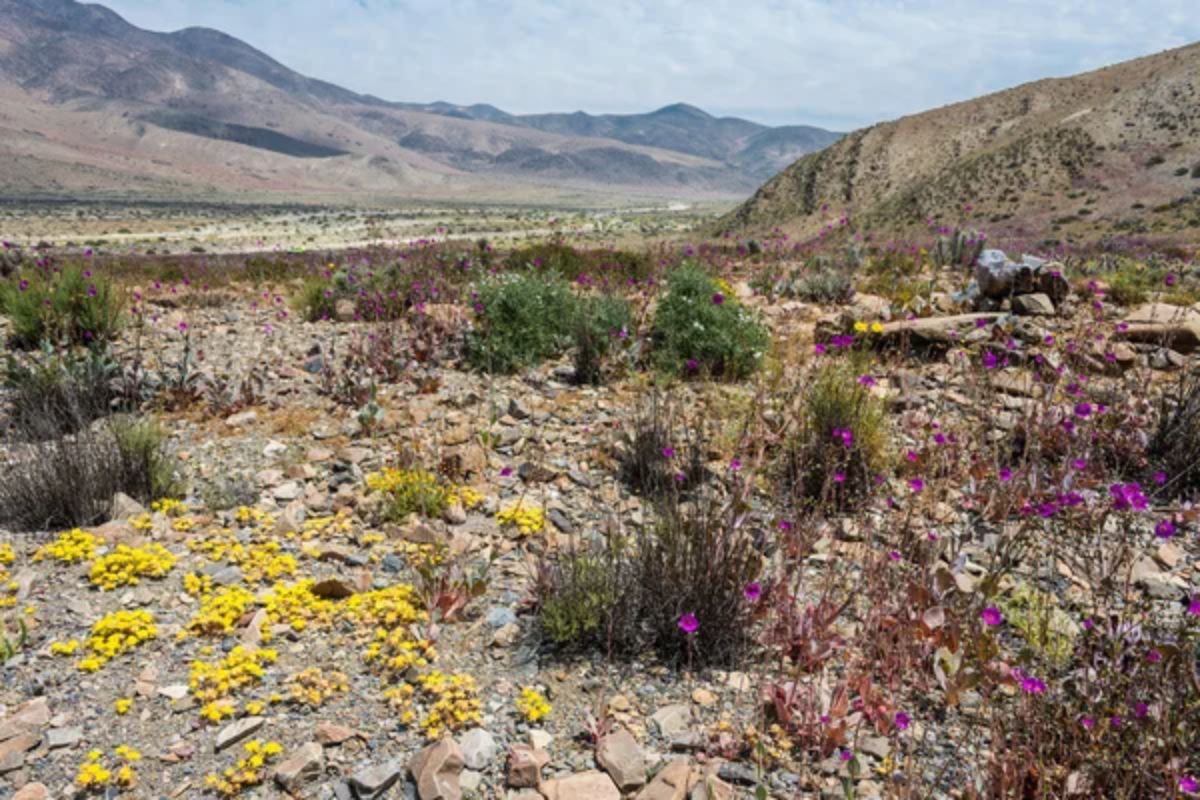
Located in the southern reaches of the Atacama, this town of 50,000 residents boasts night skies that combine desert clarity with easier access to populated areas compared to more remote locations. The surrounding landscape creates viewing conditions that reveal the southern hemisphere’s unique constellations with remarkable detail, including optimal views of the Magellanic Clouds and the southern Milky Way.
Local schools have developed astronomy education programs that capitalize on the exceptional viewing conditions to provide students with direct observations of celestial phenomena.
Like Travel Pug’s content? Follow us on MSN.
La Serena

This coastal city of 200,000 people balances urban amenities with access to world-class astronomical facilities that take advantage of the region’s exceptional atmospheric conditions. The nearby Elqui Valley creates microclimates that support both agriculture and astronomy, while the city serves as a base for accessing some of the world’s most advanced telescopes.
Local tourism has developed around astronomical attractions, with numerous facilities offering both educational programs and recreational stargazing experiences that highlight the unique features of the southern sky.
Vicuña
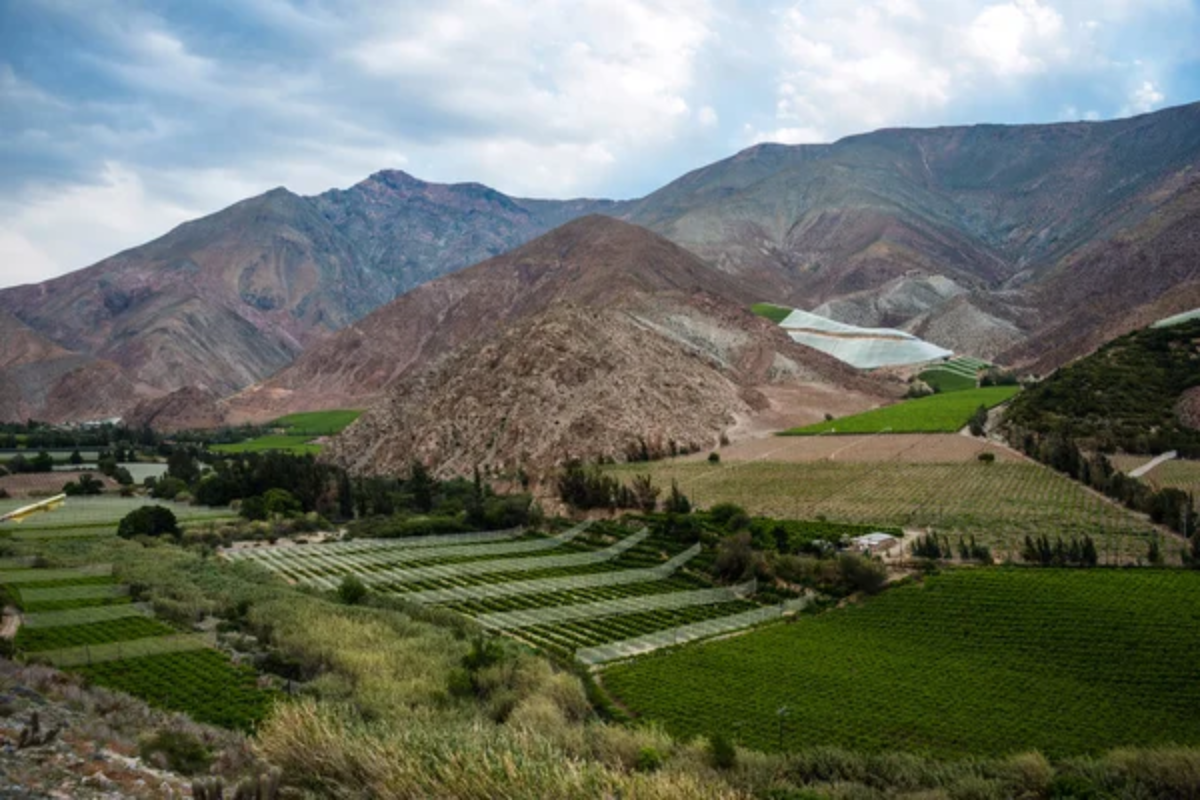
Named after Chile’s national poet, this small town of 25,000 residents sits in the Elqui Valley beneath skies so clear that major international observatories have established facilities throughout the surrounding mountains. The town maintains a careful balance between development and dark sky preservation, with local ordinances that minimize light pollution to protect the astronomical heritage that defines the region.
Traditional pisco production continues alongside astronomy tourism, creating a unique cultural blend where ancient agricultural practices coexist with cutting-edge space science.
Ovalle

This agricultural center of 100,000 people provides access to desert stargazing while maintaining the infrastructure and services that support both residents and astronomical visitors. The town’s location creates viewing conditions that combine accessibility with exceptional sky quality, making it a popular base for both amateur astronomers and educational groups.
Local development has embraced astronomical tourism while preserving the dark skies that make the region valuable for both scientific research and recreational observation.
Like Travel Pug’s content? Follow us on MSN.
Taltal
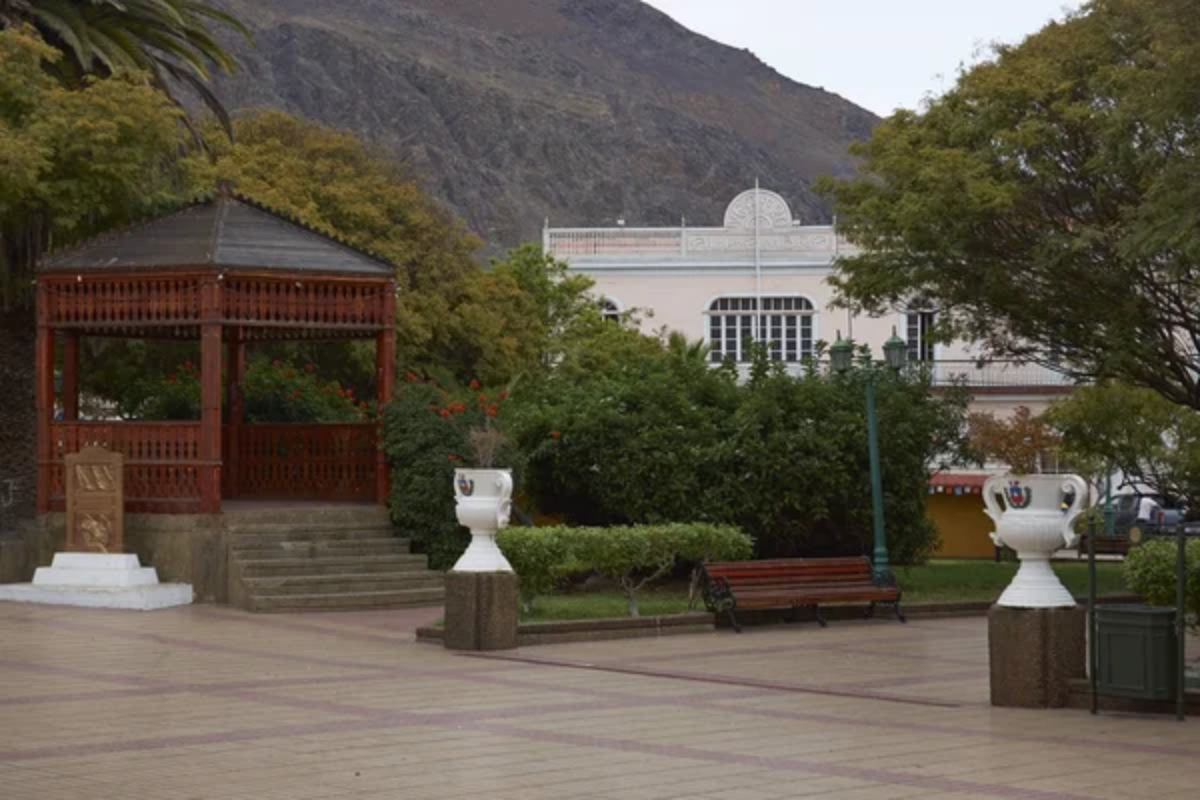
This coastal mining town of 11,000 residents offers a unique combination of desert stargazing and Pacific Ocean views, creating dramatic settings where celestial observations occur against oceanic backdrops. The town’s position creates atmospheric conditions that provide exceptional sky clarity while maintaining coastal access that differentiates it from purely inland desert locations.
Local fishing and mining traditions continue alongside the growing astronomy tourism, which takes advantage of the remarkable night sky visibility.
Chañaral

Located where the Atacama meets the Pacific, this town of 12,000 residents experiences night skies that benefit from both desert aridity and oceanic atmospheric stability. The combination creates viewing conditions that reveal celestial details with exceptional clarity while providing coastal amenities not available in more remote desert locations.
Local development balances traditional economic activities with emerging astronomy tourism that capitalizes on the town’s unique geographic position.
Diego de Almagro
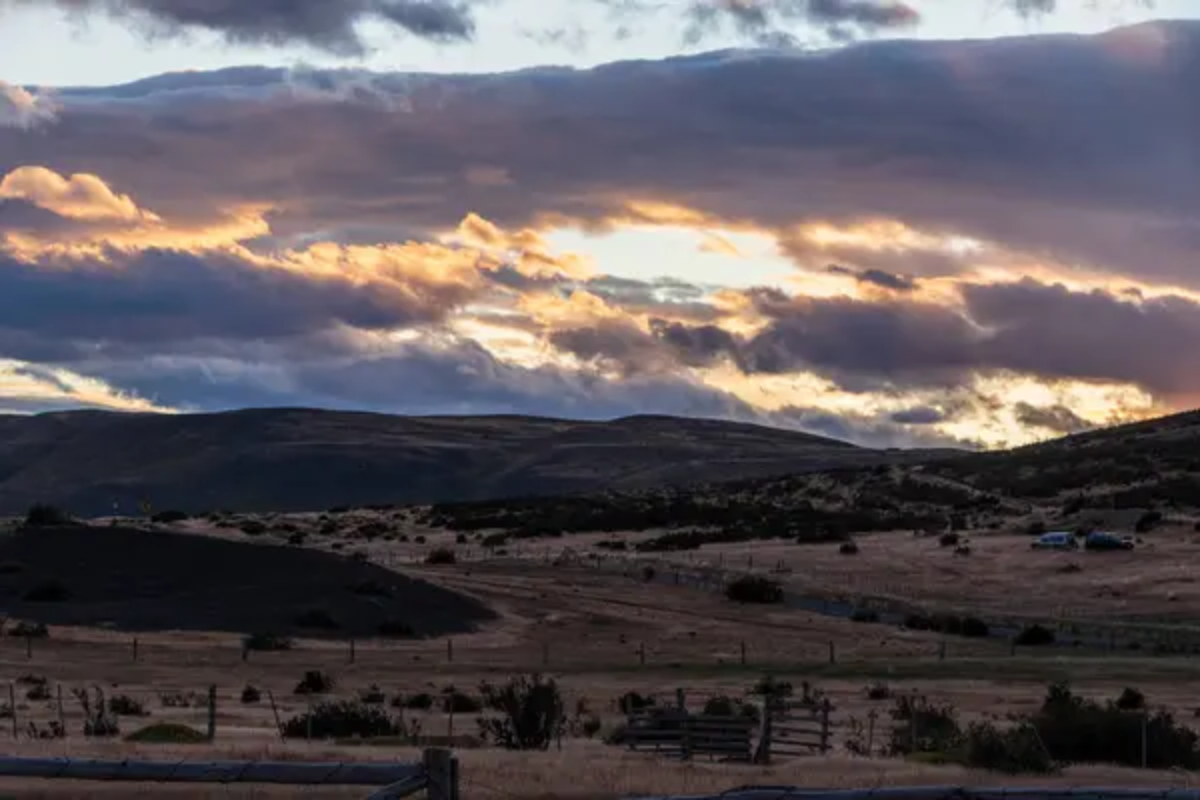
This mining town of 14,000 residents sits in the heart of the Atacama at elevations that create some of Chile’s most pristine night sky conditions. The surrounding landscape stretches for hundreds of miles without significant human habitation, creating natural dark sky preserves where celestial observation occurs under conditions rarely found on Earth.
Local mining operations have adapted to coexist with astronomical activities, while residents have developed cultural traditions that celebrate their unique relationship with the cosmos.
Like Travel Pug’s content? Follow us on MSN.
El Salvador
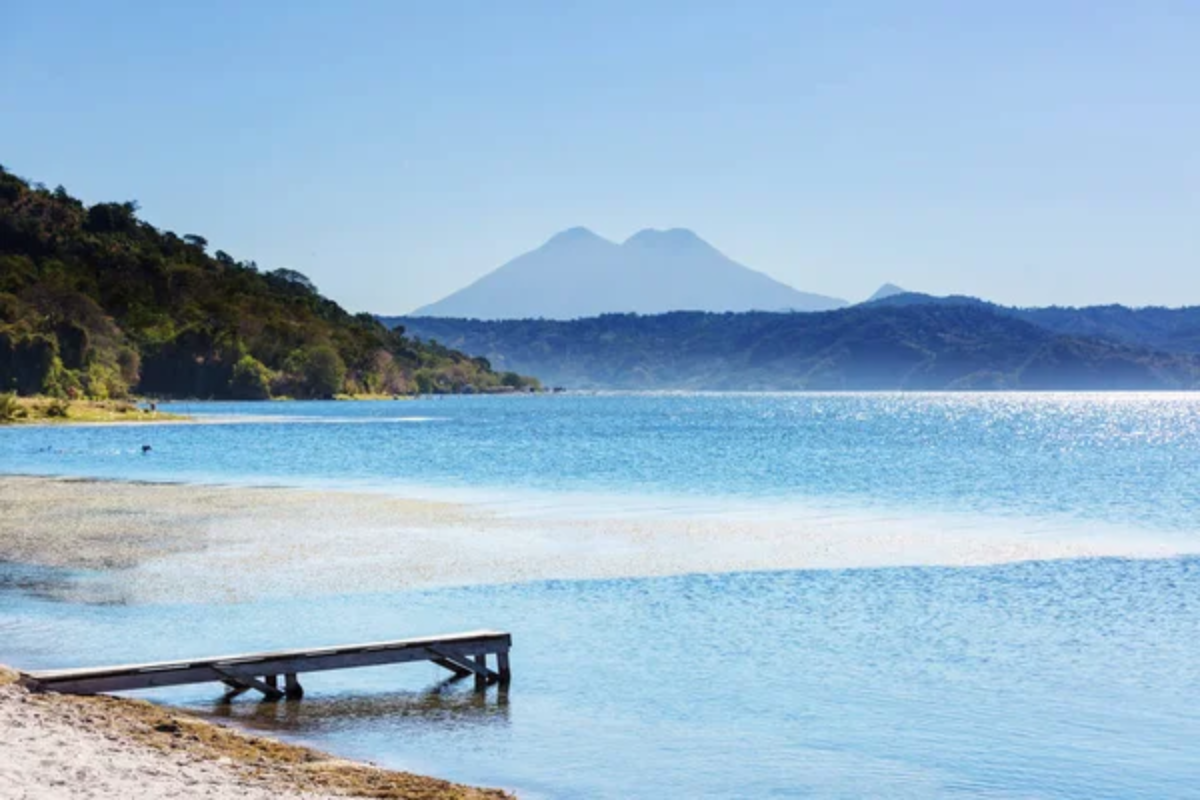
This copper mining town of 7,000 residents perches high in the Andes at elevations where the thin atmosphere creates exceptional transparency for astronomical observation. The town’s remote location and high altitude combine to produce night skies where individual stars appear remarkably bright and detailed.
At the same time, the lack of atmospheric interference allows observation of celestial phenomena invisible from lower elevations. Local residents have developed informal astronomy traditions that take advantage of their exceptional viewing conditions.
Potrerillos
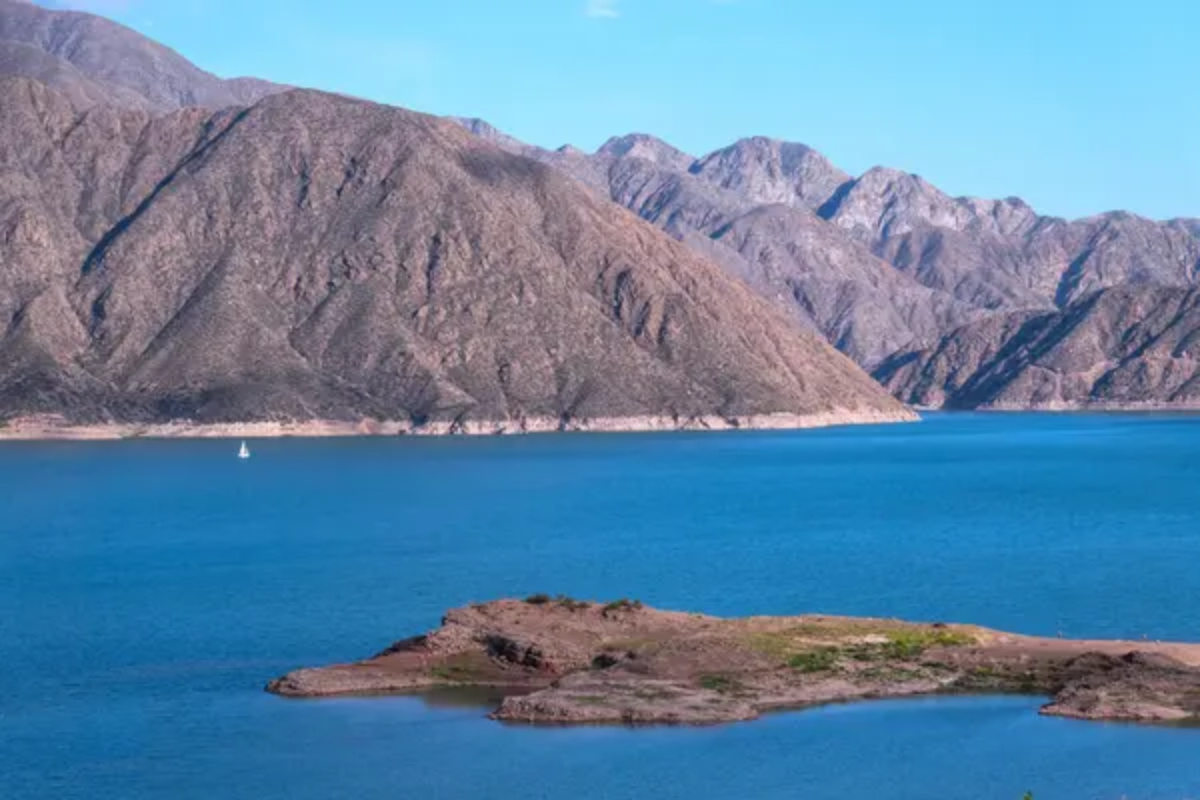
This small mining settlement, situated at such a high altitude and remote location, boasts night skies with clarity and darkness levels that rival those found at professional observatories. The town’s location creates ideal laboratory conditions for astronomical observation, where atmospheric interference is minimized and light pollution is virtually nonexistent.
Residents experience nightly celestial displays that most humans never get to witness, creating a unique cultural connection with astronomical phenomena.
Tocopilla

This coastal mining town, home to 25,000 residents, combines desert atmospheric conditions with oceanic weather patterns, creating exceptionally stable viewing conditions for astronomical observation. The town’s location provides access to both desert stargazing and coastal amenities while maintaining the atmospheric clarity that makes the Atacama region a valuable destination for professional astronomy.
Local development has begun incorporating astronomical tourism while preserving the dark sky conditions that define the region’s scientific importance.
Like Travel Pug’s content? Follow us on MSN.
María Elena

This nitrate mining town of 6,000 residents sits in the absolute heart of the Atacama, surrounded by landscapes so barren and remote that artificial light pollution remains virtually nonexistent. The town’s isolation creates viewing conditions that rival those of professional observatories, where night skies reveal celestial details with startling clarity, and the absence of atmospheric interference allows for the observation of faint astronomical phenomena.
Local residents live in daily contact with cosmic displays that demonstrate humanity’s place in the larger universe.
Pedro de Valdivia

This former nitrate mining settlement maintains a small population that experiences some of the darkest and clearest night skies found anywhere on the planet. The town’s remote location and desert setting create natural observatory conditions where astronomical observation occurs under pristine atmospheric conditions.
Traditional desert survival skills are combined with modern astronomical knowledge as residents adapt to life under skies so clear that celestial navigation remains a practical means of local travel.
Humberstone

This abandoned nitrate mining town has become an unofficial dark sky preserve where the absence of human habitation creates ideal conditions for astronomical observation and astrophotography. The ghost town’s remote location eliminates all light pollution while maintaining access infrastructure that allows astronomers and stargazing enthusiasts to experience some of Earth’s darkest skies.
The combination of historical preservation and astronomical value creates unique opportunities for educational programs that combine industrial heritage with cosmic observation.
Like Travel Pug’s content? Follow us on MSN.
Quillagua
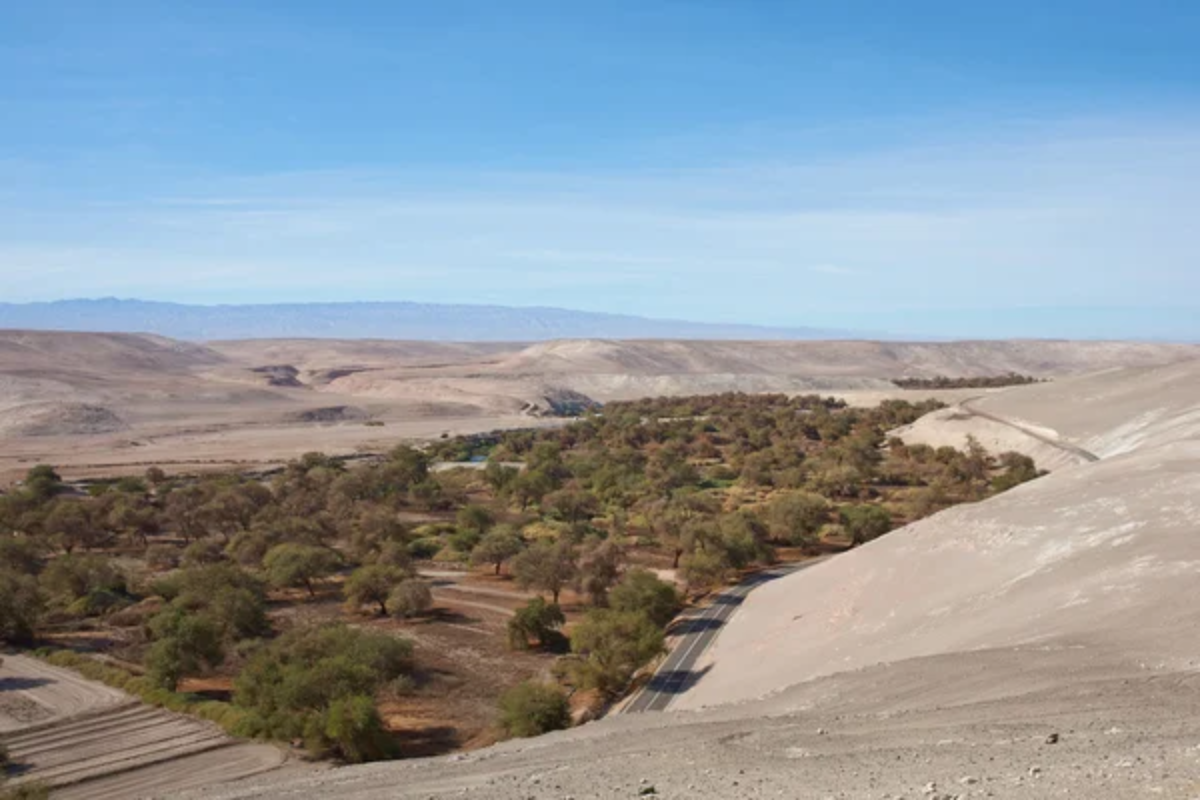
This small village of 120 residents holds the distinction of being one of the driest inhabited places on Earth, creating atmospheric conditions that provide exceptional transparency for astronomical observation. The village’s extreme aridity eliminates atmospheric moisture, which interferes with stargazing, while its remote location ensures minimal light pollution.
Local residents have adapted traditional desert life to incorporate informal astronomical observation, which takes advantage of their unique environmental conditions.
Baquedano

This railway town of 1,200 residents sits along historic transportation routes that connected mining operations to coastal ports, now serving as a base for accessing some of Chile’s most pristine dark sky locations. The town’s position provides infrastructure for astronomical visitors while maintaining the remote desert character that creates exceptional night sky conditions.
Local railway heritage combines with astronomical tourism to create economic opportunities that preserve both historical and astronomical resources.
Estación Pintados

This former railway station has evolved into an informal astronomical observation site where the combination of accessible infrastructure and pristine dark skies attracts astronomers and photographers from around the world. The location’s remote desert setting eliminates light pollution while maintaining enough infrastructure to support extended astronomical activities.
The site demonstrates how historical transportation infrastructure can be adapted to serve modern astronomical tourism while preserving the dark sky conditions that make the region scientifically valuable.
Like Travel Pug’s content? Follow us on MSN.
Where Earth Meets Eternity

These Chilean desert towns represent humanity’s most accessible connection to the cosmic perspective, where residents live under skies so clear and dark that the universe reveals itself with breathtaking immediacy. Each community has developed unique relationships with the night sky, blending traditional desert survival wisdom with modern astronomical knowledge to create cultures that maintain a daily awareness of humanity’s place in the larger cosmos.
The exceptional atmospheric conditions that make these towns valuable for professional astronomy also provide residents and visitors with nightly reminders of the scale and beauty of the universe that surrounds our small planet. Their preservation as dark sky communities ensures that future generations will continue to have access to the cosmic perspective that has inspired human curiosity and scientific discovery throughout history, while demonstrating that modern communities can thrive while maintaining the environmental conditions necessary for connecting with the infinite expanse of space that stretches endlessly above the Atacama’s ancient landscape.
More from Travel Pug

- 20 Best Beach Towns in the Carolinas
- 13 Destinations Where Tourists Regularly Regret Their Trip
- 20 Destinations That Are More Magical Without an Itinerary
- 20 Underrated Adventures That Belong on Your Travel List
- 20 Cities Where You Should Just Wing It, No Planning Required
Like Travel Pug’s content? Follow us on MSN.N.
